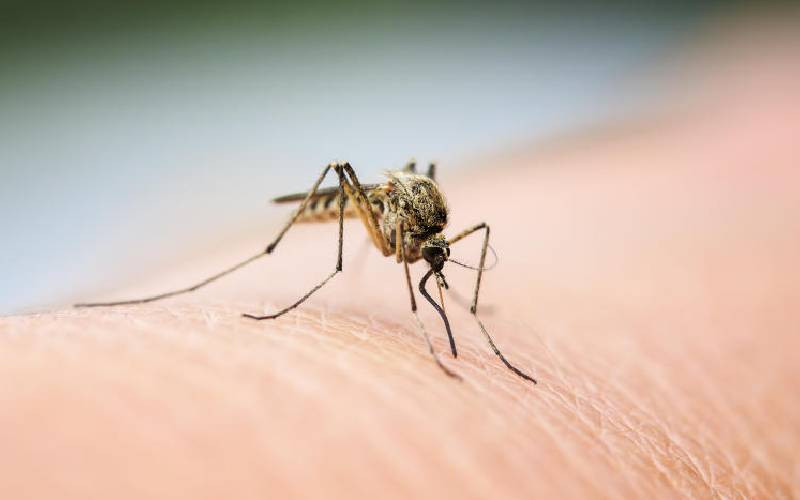
At one o'clock on the morning of February 7, Hellen Robai woke up with bouts of diarrhoea and vomiting.
"Kutapika na kuhara mpaka...
At one o'clock on the morning of February 7, Hellen Robai woke up with bouts of diarrhoea and vomiting.
"Kutapika na kuhara mpaka...